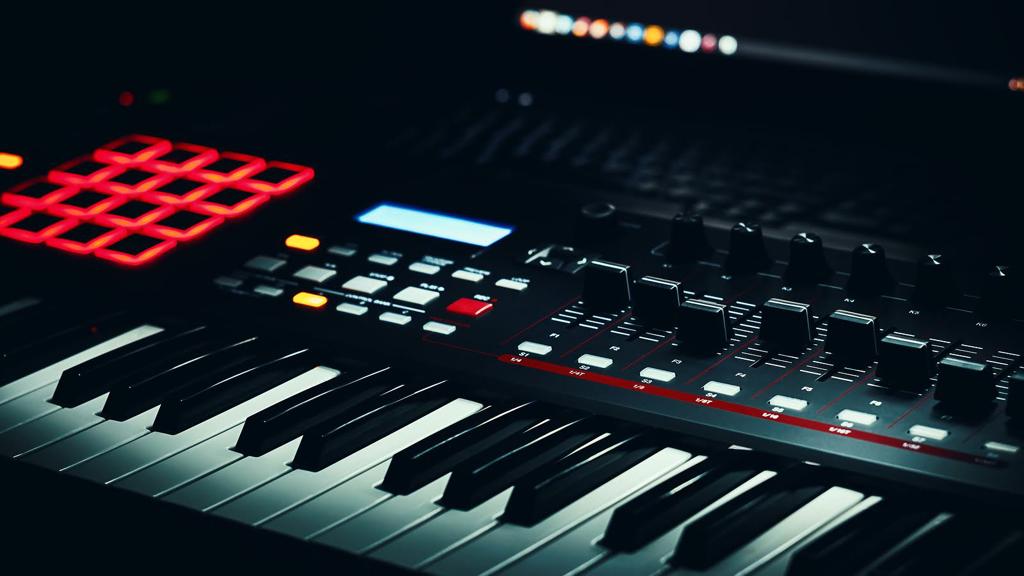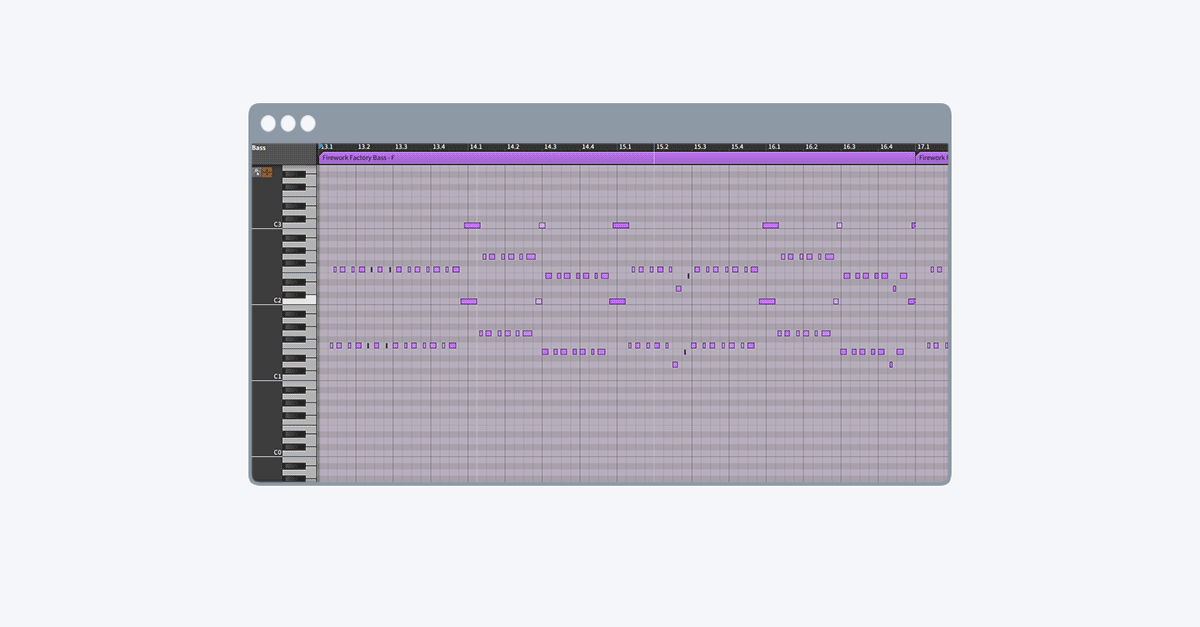Musical Instrument Digital Interface is one of the most necessary tools for producers and musicians.
When you interact with any type of digital music machine in your workflow, you are probably utilizing it already.
With such a necessary part of the recording and mixing process, it is hard to know where to begin. MIDI is extremely powerful and utilizing it could be confusing.
However, it does not have to be intimidating. Utilizing MIDI has so many advantages that learning how is worth the time it takes.
This guide will provide you with everything you should know for making MIDI a strong part of your process—from basic MIDI connections to utilizing MIDI effectively in your production workflow.
When you are already utilizing MIDI, I will also cover some helpful ideas to help you get the most out of your current setup.
To help you navigate this guide here’s everything you should know about MIDI organized by topic:
What’s MIDI?
MIDI is a communication standard that permits digital music gear to speak the same language.
MIDI is short for Musical Instrument Digital Interface. It is a protocol that permits computers, musical instruments and other hardware to communicate.
MIDI was first grown in the early 80s to standardize the rising amount of digital music hardware.
Manufacturers needed an easy method to make their products compatible with these other brands.
Roland founder Ikutaro Kakehashi proposed the idea of a standard instrument language to the other major manufacturers, including Oberheim, Sequential Circuits and Moog, in 1981.
The project had some lofty targets. MIDI tried to offer a method to communicate all the features of a musical performance digitally.
The architects of the MIDI standard had to define all types of complex musical behavior in a method that the 1980s-era technology can work with—not a simple task.
Their choices had large consequences for the way electronic tools were designed for the next 40 years.
The completed MIDI standard was lastly unveiled in 1982. Kakehashi and Dave Smith both later obtained Technical Grammy Awards in 2013 for his or her key roles within the growth of MIDI—about time!
Now you understand how MIDI was born, so let’s get our hands dirty and begin utilizing it.
How to use MIDI in your music
Musical Instrument Digital Interface could play several different roles in your productions. You are most likely aware of a few of them already.
To get began it may even be more useful to clear up what MIDI is not.
MIDI never transmits an actual audio signal—it is info only. That means that if a MIDI keyboard does not have an onboard sound source like a synth or sampler, it will not make any sound!
That sheds some light on where MIDI could come into your workflow.
When you are composing utilizing plugins in your DAW, MIDI clips are the regions on your timeline that control which notes your plugins play and once they play them.
If you connect a MIDI controller to your DAW to play virtual devices, you are simply feeding them real-time MIDI info.
The same is true if you sequence MIDI in your DAW and send the information to hardware gear like an analog synth or drum machine.
The largest advantage of MIDI is that you could easily edit performances note by note, change their articulation, or even alter or replace the sound that plays them!
However, that isn’t all. You could control much more than just notes utilizing MIDI. Many features of a traditional musical performance have an equivalent in MIDI.
You could also use it to automate parameters or change patches on hardware or software instruments or effects. That is where MIDI messages come in…
MIDI messages and MIDI events
MIDI messages are the digital data transmissions that inform your music gear what to do.
They carry details about which parameters to change, how the system should behave or which notes to play—and how they need to be played.
MIDI messages could be broken down into two types: System messages and Channel messages.
Most of the time you will be dealing with channel messages, though some necessary functions like clock and transport (stop, begin and continue) are system messages.
Let’s begin with channel messages. Channel messages transmit up to two types of data at once.
For instance, note on and off messages carry the note number value as well as the velocity value—the intensity the note was played with.
That is part of how MIDI could capture the expressiveness of a performance.
Here are the main MIDI channel messages:
- Note ON and OFF: which notes are depressed and launched. Consists of velocity.
- Aftertouch: the pressure a key’s held down with after it’s depressing
- Control Change: changes a parameter worth on the device
- Program Change: changes the patch number on the device
- Channel Pressure: the single best pressure value for all depressed keys
- Pitch Bend Change: change in the pitch bend wheel or lever.
System messages control other important data that digital instruments need to communicate with each other.
Here are an important MIDI system messages:
- Timing clock: synchronizes the device with a master clock
- Transport: tells the device to begin, stop, or continue
- System exclusive (sysex): sysex messages permit manufacturers to specify their own kinds of messages. Some older MIDI gear relies extensively on sysex.
That might seem complicated, however, for most MIDI tasks your DAW handles the technical particulars of your MIDI messages without you ever understanding.
A MIDI event is a MIDI message that happens at a particular time. They are particularly relevant in terms of compositions that depend on MIDI sequencers.
MIDI sequencers
A MIDI sequencer stores MIDI info and manages playback, recording, and editing. It is one of the most common methods to use MIDI.
In this configuration, the sequencer sends its data to all of the different parts of your setup and keeps them in sync with each other.
For the majority of producers, their DAW takes care of MIDI sequencer duties.
DAWs and sequencers are closely associated. Cubase began out as a MIDI sequencer!
Some musicians prefer to utilize hardware sequencers for their unique workflow or capabilities.
Many synths include onboard sequencers, and grooveboxes just like the Akai MPC are famous for their sequencing capabilities.
Sequencers could control external hardware, virtual devices in your DAW or a combination of the two.
MIDI channels
MIDI was designed to coordinate musical gestures between many different instruments at the same time—with a single connection.
One stream of MIDI data has a total of 16 independent channels for messages and events.
You could think of these channels type of like tracks in your DAW or sequencer—however, do not get confused, you are certainly not limited to only 16 MIDI tracks in your DAW!
MIDI channels are most necessary once you are dealing with external hardware.
Each device in your MIDI setup could be set to send or get data on a specific channel.
From there it’s as simple as setting the output channel on tracks in your sequencer to find out which gadget ought to play what.
It additionally means you’ll be able to chain all of your devices together simply with a single cable utilizing your MIDI interface



